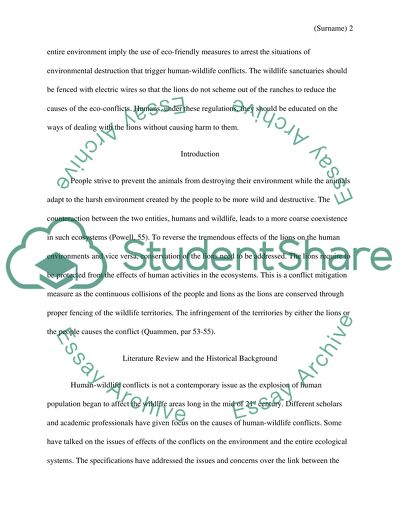Cite this document
(“Human Geography Research Paper Example | Topics and Well Written Essays - 1750 words”, n.d.)
Human Geography Research Paper Example | Topics and Well Written Essays - 1750 words. Retrieved from https://studentshare.org/geography/1492177-human-geography
Human Geography Research Paper Example | Topics and Well Written Essays - 1750 words. Retrieved from https://studentshare.org/geography/1492177-human-geography
(Human Geography Research Paper Example | Topics and Well Written Essays - 1750 Words)
Human Geography Research Paper Example | Topics and Well Written Essays - 1750 Words. https://studentshare.org/geography/1492177-human-geography.
Human Geography Research Paper Example | Topics and Well Written Essays - 1750 Words. https://studentshare.org/geography/1492177-human-geography.
“Human Geography Research Paper Example | Topics and Well Written Essays - 1750 Words”, n.d. https://studentshare.org/geography/1492177-human-geography.


